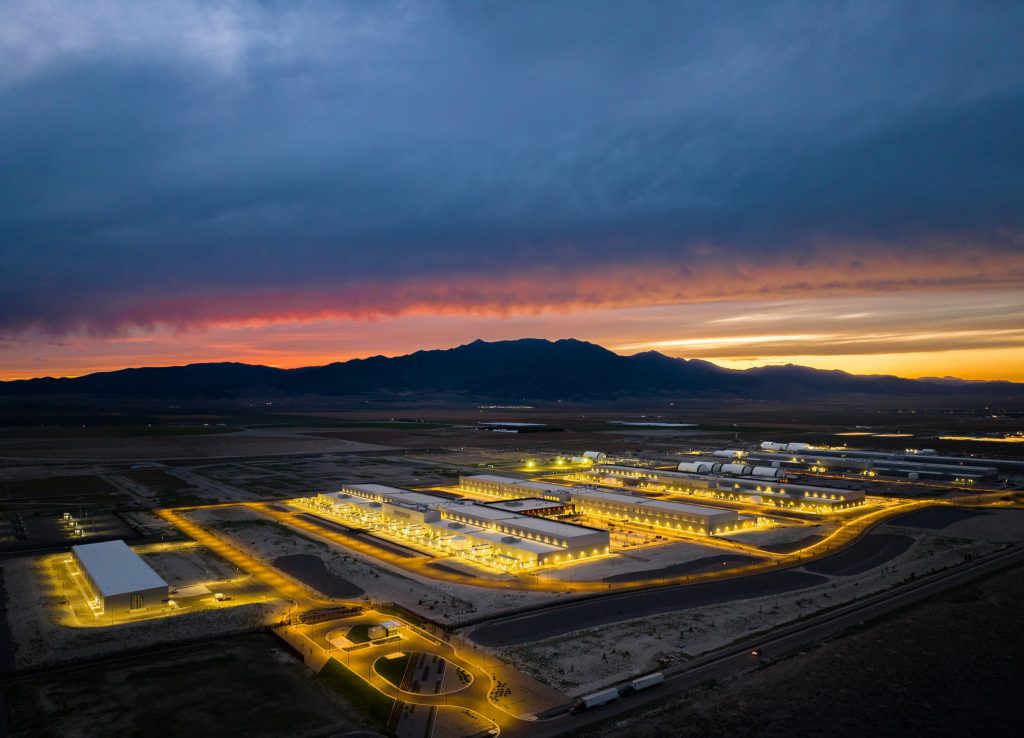
We are currently living in the data age. Companies are making data-driven decisions based on the accumulated and acquired data and by analyzing the customer data, for instance, their demographical information. Public institutions gather data to analyze, such as traffic on the road and air pollution. Also, in the IT landscape shift towards cloud computing is a trend.
This data storage and utilization are enabled because of the data center. A data center that helps store and distribute data is a physical space that consists of multiple servers and communication equipment.
Google opened its first data center in Eemshaven, Netherlands, investing €600 million to facilitate the growth of their user usages, such as Gmail and YouTube. Currently, Google has opened its second Dutch data center in Middenmeer, and a new plan for the third data center to be initiated shortly brings investment to €2.5 billion (Google, 2022). Meta also recently announced their investment plan in mega expansion to the Eagle Mountain data center project, worth $1.5bilion.
Recently, however, data centers have been hated for being one of the drivers of environmental pollution. The data center is open 24 hours a day and distributes data, consuming much power and carbon. Data centers need to be cooled to prevent overload due to significant data processing and communication, so they consume a large amount of water for cooling, which is a problem.
According to Nature, the water consumption made by the data center is 1.7 billion liters per day. According to the International Energy Agency (2022), data centers accounted for 0.9% of all global CO2 emissions. It is clear indeed that data center is not sustainable for the environment.
Many companies are trying to address this problem with renewable energies. In the Netherlands, Google is trying to adopt renewable energy in its data center that contract with wind farms in Delfzijl and Zeeland and solar energy in Delfzijl (Eneco, 2017). Moreover, Microsoft announced in October that it would reduce its data center water usage to 95% by 2024 (Calma, 2021).
However, the Forbes article (2021) argued that renewable energy alone could not address data centers’ adverse environmental impact. They argued that not only renewable energy but also the problem should be addressed with improved cooling systems and updated servers, such as improved CPUs. Some new technologies and startups are trying to address this approach, for example, a dutch startup called ‘Incooling’ which focuses on the cooling of the ‘chip’ with two-phase cooling and creates the next generation 2 phase cooled server (Incooling, n.d.)
References
Calma, J. (2021, October 27). Microsoft ramps up plans to make its data centers less thirsty. The Verge. https://www.theverge.com/2021/10/27/22747394/microsoft-data-centers-water-drought-climate-change-energy-emissions
Eemshaven, Netherlands – Data Centers – Google. (n.d.). Google Data Centers. Retrieved October 17, 2022, from https://www.google.com/about/datacenters/locations/eemshaven/
Eneco. (2017, July 17). Electricity from largest Dutch solar park to power local Google data centre. Electricity from Largest Dutch Solar Park to Power Local Google Data Centre. https://news.eneco.com/electricity-from-largest-dutch-solar-park-to-power-local-google-data-centre/
Ezra, A. (2021, May 3). Council Post: Renewable Energy Alone Can’t Address Data Centers’ Adverse Environmental Impact. Forbes. https://www.forbes.com/sites/forbestechcouncil/2021/05/03/renewable-energy-alone-cant-address-data-centers-adverse-environmental-impact/?sh=68e7d3325ddc
Home | Incooling. (n.d.). Www.incooling.com. Retrieved October 17, 2022, from https://www.incooling.com/
IEA (2022), Data Centres and Data Transmission Networks, IEA, Paris https://www.iea.org/reports/data-centres-and-data-transmission-networks
